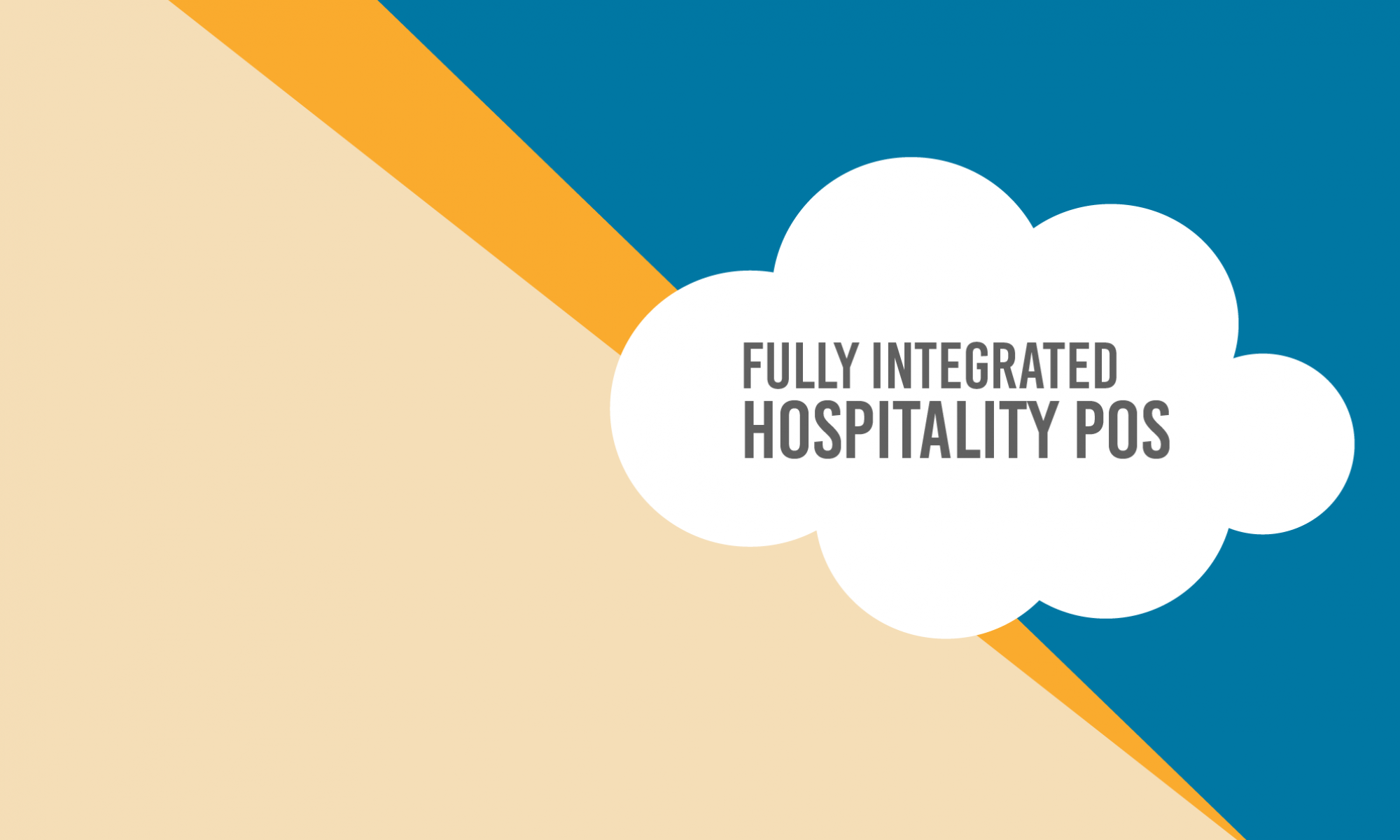The use of mobile POS (mPOS) in restaurants is becoming more and more popular due to the many advantages it offers to businesses and their customers. In fact, nearly 51% of small and large restaurants have considered using an alternative mPOS system to help bolster service speed and workflow efficiency. If you currently use mobile devices as part of your POS process, do you know if they are being used to their fullest potential?
Here are three reasons to let mPOS capabilities set the pace in your restaurant:
Greater Speed
When your wait staff uses handheld devices such as tablets or smartphones, they can take food and drink orders and process payments right at the customer table. The order is immediately transmitted to the food prep station or bar. This helps eliminate wasted back and forth steps by the server to complete transactions. Increased speed results in faster customer service and table turnaround.
Increased Face Time
Utilizing an mPOS system at your eating establishment not only speeds up overall service, but it gives the wait staff more time to focus on the customer’s needs. The increased face time makes the ordering process more conversational and enjoyable.
Your staff can quickly access food information on the tablet for customer inquiries about options or dietary needs. Servers can have more opportunity to upsell by offering appetizer or drink specials, which can be added to the meal. By spending more time meeting diners’ needs, you enhance their experience and increase customer loyalty.
More Efficient Workflow
Improving the workflow is another advantage of implementing an mPOS at your restaurant. Food orders that are transmitted from the table directly to the kitchen staff ensures that the customer gets exactly what they want without errors because they are easy to read and understand.
Servers can also input drink orders tableside with the mobile device. Orders then go directly to the bar for pickup without having to wait for drink preparation or stop at a stationary terminal for order entry.
An mPOS system can potentially allow all of your wait staff to add orders and process payments at the same time without the need to wait in line to use the traditional POS terminal. Suddenly, you will find serving more customers at a faster pace and turning tables around quickly is leading to greater revenues.
Restaurants using mPOS for faster operations and greater efficiency is gaining momentum in this ever-evolving technology age. Personalized service is something your customers want and what you need to provide. Happy, loyal customers keep your profits on the rise. Can you afford to fall behind the pace?


 When our friends at Valiant Brewing contacted us to let us know of their closure and the impending sale of their space we were shocked and saddened. Valiant Brewing was an up and coming brewery in Orange, CA that had started winning over taps and shelf space at bars and grocery stores in the ever growing craft brewing market.
When our friends at Valiant Brewing contacted us to let us know of their closure and the impending sale of their space we were shocked and saddened. Valiant Brewing was an up and coming brewery in Orange, CA that had started winning over taps and shelf space at bars and grocery stores in the ever growing craft brewing market.